Guanacaste is a province of Costa Rica, noted for being the second-largest region of the country and also the most unpopulated.
That is to say, it has an extensive 10,140 km² of surface, where approximately 326,953 people reside.
But that is not all about Guanacaste, in fact, the geographer and writer of Costa Rica, José Rivas, tells us much more about the province, which has part of the National Parks, such as Santa Rosa, Rincón de la Vieja, the National Wildlife Refuge “Iguanita”, Las Baulas National Marine Park, Palo Verde National Park, Arenal Volcano National Park, among others.
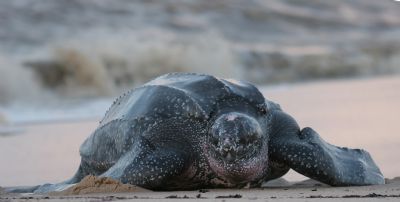
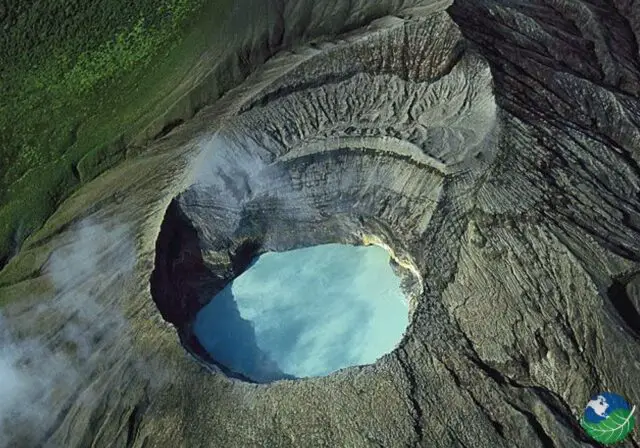
There is a lot to know
Guanacaste has incredible beaches such as Coco, Tamarindo, Playa Grande, Samara and even Playa Hermosa.
Ticos and tourists can appreciate rivers like Tempisquito, Góngora, Los Ahogados, Tempisque, Tizate, Irigaray, Blanco, Colorado, Negro, Liberia, Salto, Zopilota, Viejo, Matapalo (Papagayo), the Tenorio river near the Tenorio volcano, this river, characteristic for the practice of white water rafting; each river is surrounded by landscapes full of authentic greenery and richness in flora and fauna.
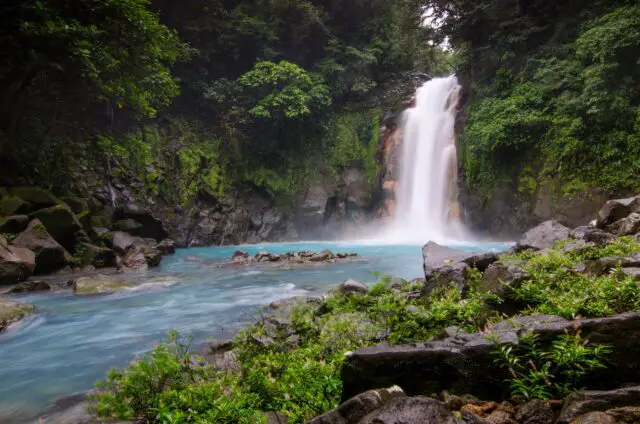
Rivas, in his research, has emphasized that Guanacaste has a total of 68 wetland systems recognized by the National System of Conservation Areas (SINAC) and the Ministry of Environment and Energy (MINAE).
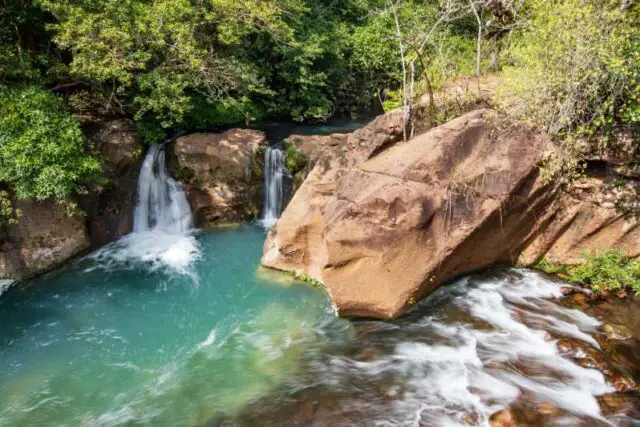
Liberia is the capital of Guanacaste, it is the canton with the largest area in the province; it is located in the 13th place of the cantons with the largest area nationwide with a total of 1442.17 square kilometers.
Its area is greater than the sum of the 26 cantons, from the smallest to the largest, and even greater than the sum of the areas of the 187 districts.
Did you know that, of the 7 cantons with the largest area, according to the provinces, Liberia and Talamanca are the only ones with a maritime boundary?
The capital city is Liberia, which has its own international airport and very beautiful cultural spaces.
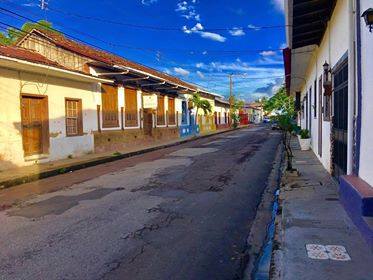
A single day is not enough to know everything...
Geographical and Cultural Secrets?
The smallest district of Guanacaste Matambú, of the Hojancha canton; occupies number 119 in the list of the districts of a smaller area of the country, approximately 8.71 square kilometers, it is composed only of its head village Matambú. Given its small size, it has no neighborhoods or towns.
Part of its area is within the indigenous Chorotega territory of Matambú, which has a total area of 16.19 square kilometers and was founded in 1980.
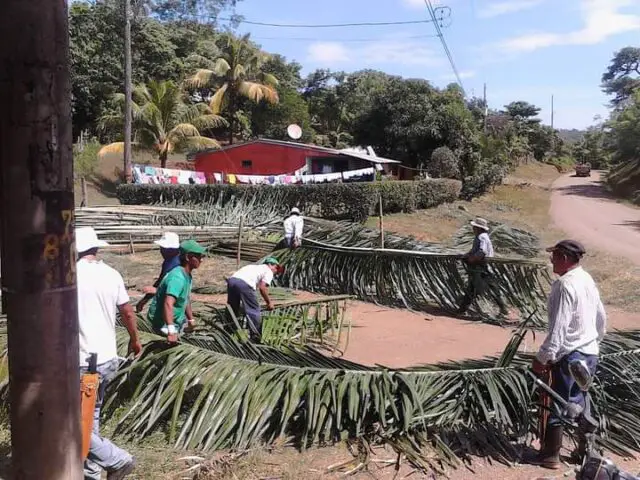
The Costa Rican geographer also highlighted in his research that the largest district of Guanacaste is Bagaces, Bagaces; because it has a total area of 889.07 square kilometers, it is ranked number 5 among the districts with the largest area in the country, only surpassed by the districts Telire, Valle La Estrella, Colorado, and Chirripó.
“It is composed of its capital city Bagaces, as well as the neighborhoods Lima, Pedro Nolasco, and Redondel. Also, it is made up of towns such as Aguascalientes, Arbolito, Bagatzi, Brisas, Bebedero (part), Casavieja (part), Cofradía, Colmenar, Llanos de Cortés, Mojica, Montano, Montenegro, Piedras, Pijije, Plazuela, Salitral, Salto (part) and Santa Rosa”, said Rivas.
In Bagaces, you will find the Miravalles volcano, part of the Miravalles-Jorge Manuel Dengo National Park, and the Palo Verde National Park.
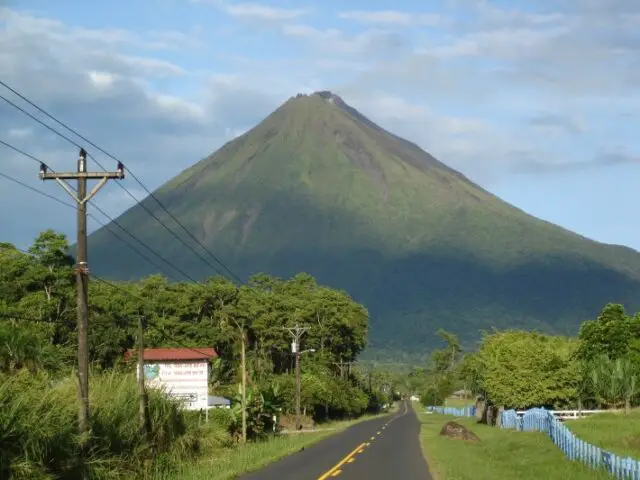
Now, Rivas tells us in his interesting research that the smallest canton in surface area is Hojancha. It covers a total area of 262.99 square kilometers, 26.30% of the total area of the province. It is composed of the districts of Hojancha, Monte Romo, Puerto Carrillo, Huacas, and Matambú.
It is worth noting that the northern boundary of Hojancha begins at the confluence of the Blanco River with the “Tres Quebradas” creek, up to its source in the Avellana Hills (499 meters above sea level). From there a straight line to 540 masl, another to the confluence of the Naranjo Agrio stream with the Camarón River, and, finally, to the confluence of the Cristina stream with the Matina River.
The largest canton, mentioned above, is Liberia.
The most recently created district
The most recently created Guanacaste district is Cabeceras, eighth of the canton Tilarán, by Law #9868 of July 8, 2020.
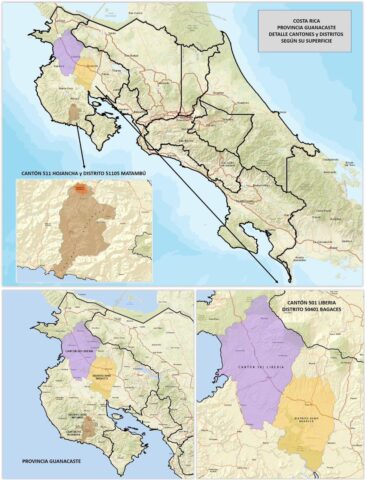
Undoubtedly, from TCRN we are pleased to talk and, at the same time, to know the valuable research work done every day by the geographer José Rivas about the different areas of Costa Rica, Guanacaste this time did not escape our keyboard, we hope that soon you will visit a district or canton of this beautiful province and tell us about your experiences.

